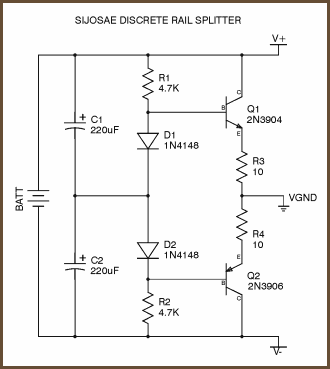Joshatdot
Headphoneus Supremus
Thanks soloz2 for the kit!
Now I just need to visit Radio Shack to get the Protoboard and wires! Too bad they are closed now

I would have taken more pix but battery ran out. I think I'll use the Altoids Dark Chocolate Dipped Mints Tin. I am going to use the Burr-Brown OPA2227PA Op-Amp. Not sure on what type of Virtual Ground Circuit I'll use, what is best & EZ'est to make?


Now I just need to visit Radio Shack to get the Protoboard and wires! Too bad they are closed now

I would have taken more pix but battery ran out. I think I'll use the Altoids Dark Chocolate Dipped Mints Tin. I am going to use the Burr-Brown OPA2227PA Op-Amp. Not sure on what type of Virtual Ground Circuit I'll use, what is best & EZ'est to make?






